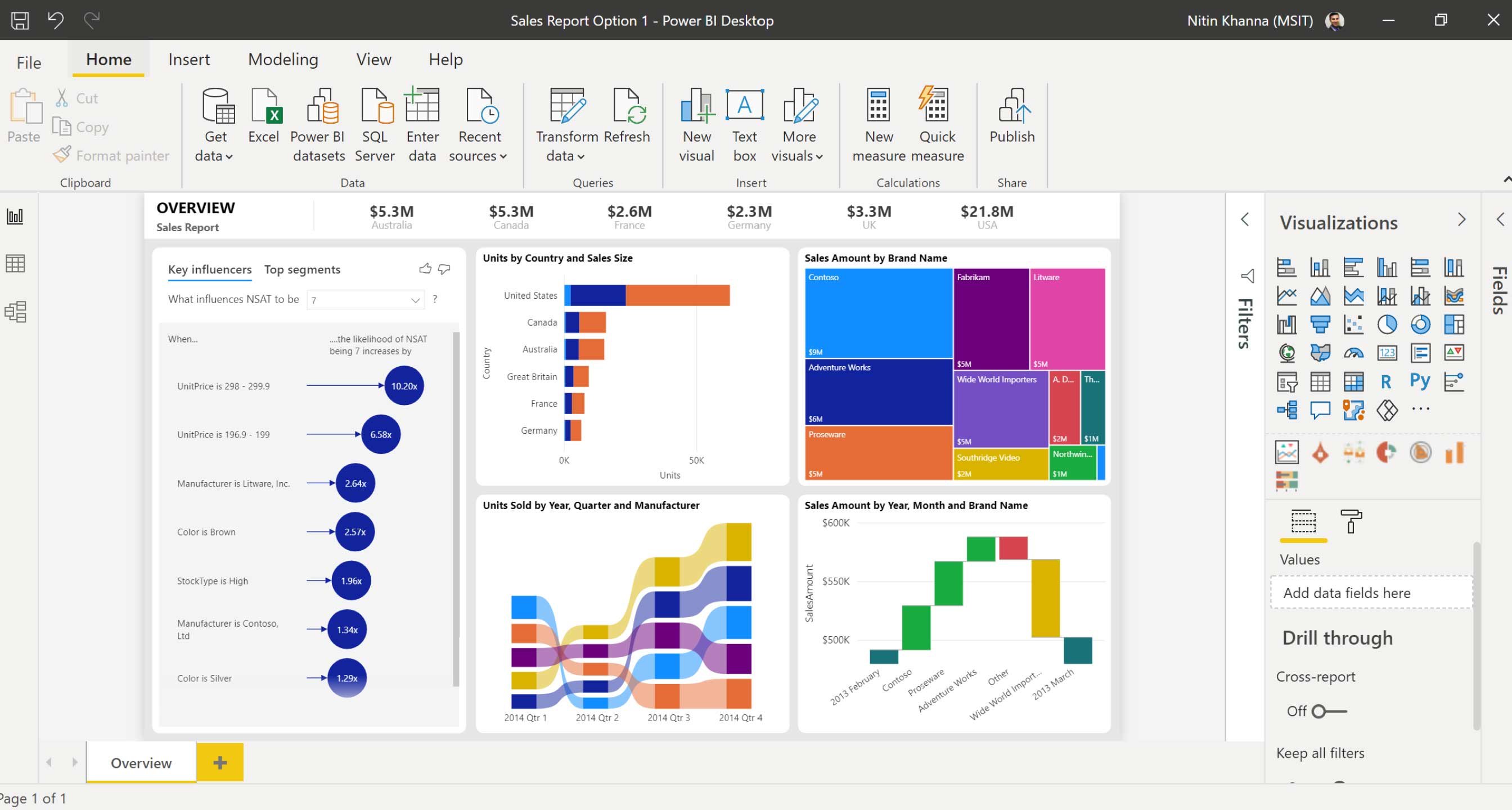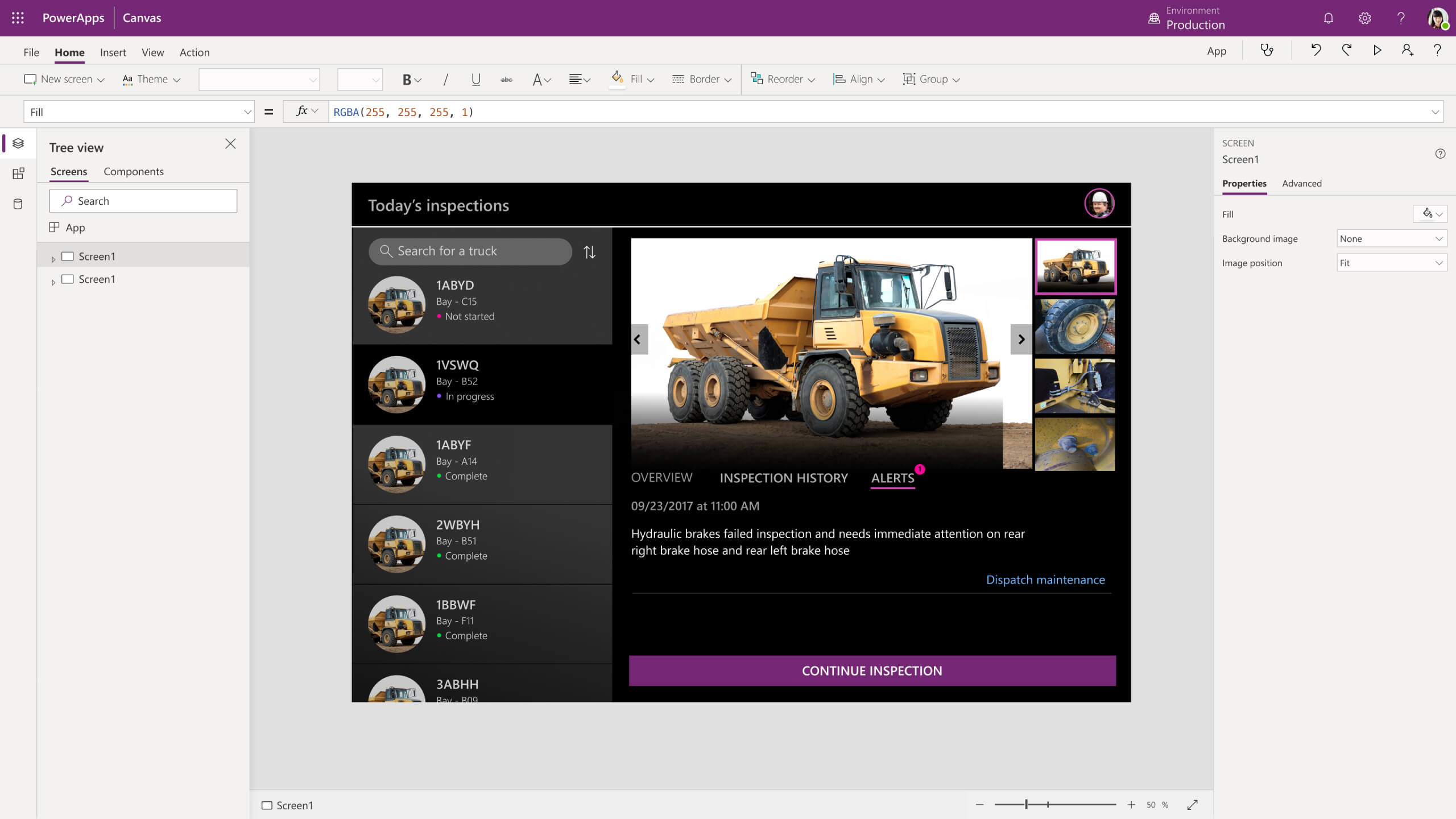Microsoft has introduced Power Platform to simplify the modern business requirements, Process flows and improving the overall security and make the workplace more digitalised. However people often choose to stay in old school workplace tools and techniques such as Word and Excel based forms manual data processing.
Here are five signs to indicate it's time to change your design strategies and move on with Power Platform.
Effortful data collection, storage and maintenance
It was a common practice to create Word/Excel forms for data collection and share it across the organisation. In such practices, response from each person will be in the form of separate files and the storage and maintenance of data becomes more complex. Increased manual effort for data consolidation and storage makes this approach least favourable in modern workplace era.
With Power Apps, it is possible to create a centralised app where people can save their business data in a structured way. The built in capability of SharePoint online can be used along with the Power App to maintain the audit trail of the data when users need to store the transaction history.
In addition, analytical views in forms of charts can be created by leveraging the capabilities of Power BI as well.

Limited access security
It is crucial to set up necessary permissions on the data we process. People should not access data which they are not authorised to. The manual data collection approach makes this process difficult as there will be separate files for each response.
With the help of Power Platform and SharePoint online, we can secure the data stored and implement role-based access to the app with very little effort.
Since data is stored in a structured and consolidated way, the permission handling becomes less complex.
Complications to adhere data processing policies
The responsibility for adhering to data protection and data processing policies cannot be ignored. In the old school approach, effort for implementing and auditing the policies such as GDPR can be quite difficult as the data storage and processing is handled manually and there is no data compliance support by default.
Adopting the Power Platform and related services will be one of the best solutions if you are struggling with the above situation as Microsoft adheres to the data processing policies by design.
Complicated business processes
One of the complex and time-consuming tasks with manual data processing is to follow the business processes and approvals. Users are limited to use email approvals by attaching the data files. This requires additional measures to store and audit the approvals and the transaction history.
Power Apps along with Power Automate can replace this manual process completely and reduces the effort by a considerable amount. Power Automate provides a simple graphical approach to define the process flows and set up approvals. It keeps transaction history and versions by default which unloads a lot of stress from the user.

Manual interaction with multiple sets of data sources
The modern workplace feeds data from multiple platforms as collaboration with different departments’ systems are vital for any organisation. For example, Finance teams might store data in one platform and Operations may use an another one. A business user utilising data from different platforms should either manually paste data from place and feed to another or develop a data flow with using custom coding which is expensive to build and maintain.
Microsoft Power Platform comes with hundreds of such data connectors by default and the users just need to configure the connection by simply proving the source and target details. If the predefined connectors are not suiting the business requirement, it also gives the provision to create custom data connectors with minimal effort.
The attractions of Power Platform do not end here. Visit our website to explore more about the same and other offerings from Microsoft to make your workplace better.